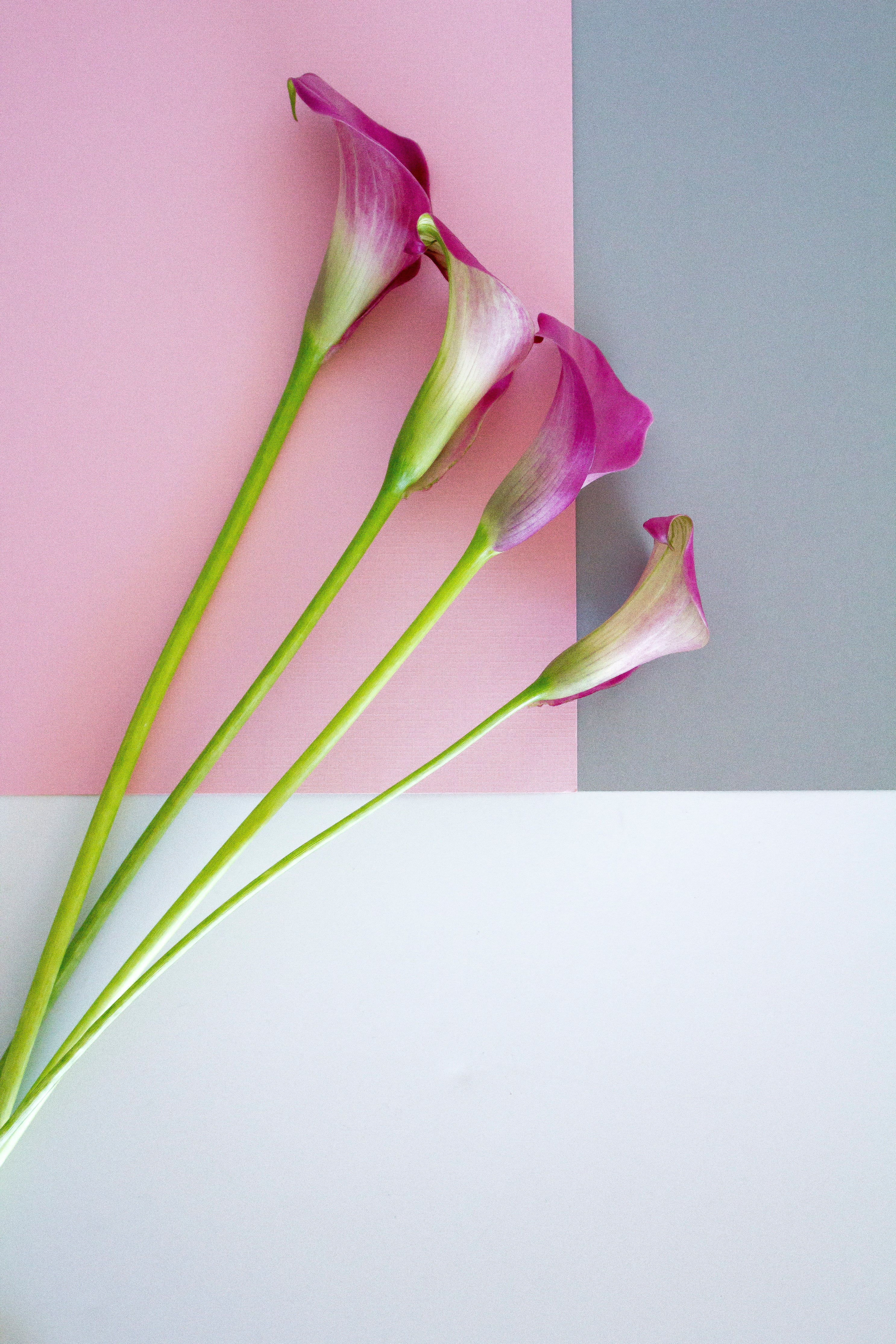Unveiling the Elegance: A Journey Through the Enchanting History of Lilies
In the realm of flowers, few possess the timeless elegance and symbolism of lilies. Revered for their beauty, grace, and diverse range, lilies have etched their presence in cultures, art, and literature across centuries. Join us on a captivating journey as we delve into the rich history of lilies, uncovering their significance and tracing their path through the annals of time.
- Ancient Beginnings
The history of lilies is deeply rooted in ancient civilizations. These stunning blooms have been documented as far back as 3,000 years ago in cultures such as ancient Egypt and Greece. In Egypt, lilies symbolized fertility and rebirth, often depicted in art and accompanying the pharaohs in various ceremonies. Greeks held lilies in high regard, associating them with goddesses like Hera and Juno, linking the flower to themes of motherhood and protection.
- Cultural and Religious Significance
Lilies found their way into religious narratives and spiritual symbolism across the world. In Christianity, the Madonna Lily (Lilium candidum) is a prominent symbol of purity and the Virgin Mary. Its pristine white petals have adorned countless religious paintings and sculptures. Additionally, lilies hold significance in Eastern cultures like Buddhism and Hinduism, where they represent enlightenment, transcendence, and the divine.
- Medieval and Renaissance Era
Throughout the Middle Ages, lilies continued to be associated with purity and virtue, often featuring in medieval art and heraldry. The fleur-de-lis, a stylized lily, became a symbol of royalty and nobility in France, adorning coats of arms and royal emblems. As the Renaissance dawned, artists like Leonardo da Vinci and Botticelli used lilies to convey both aesthetic beauty and deeper allegorical meanings in their masterpieces.
- Botanical Exploration and Hybridisation
As botanical exploration flourished, lilies garnered increasing attention. During the 18th and 19th centuries, explorers brought new lily species from around the world to Europe. This era also marked the advent of hybridisation, leading to the creation of numerous cultivated varieties with vibrant colors, intricate patterns, and unique shapes.
- Lilies in Literature and Art
Lilies have captured the imaginations of poets, writers, and artists throughout history. From Shakespeare's references to lilies in his sonnets to Monet's enchanting Lily Pond series, these blooms have provided inspiration for countless creative minds. Their presence in literature and art continues to be a testament to their enduring allure.
- Modern Cultivation and Symbolism
Today, lilies adorn gardens, bouquets, and landscapes around the world. Hybridisation has produced an incredible array of lily types, including Asiatic, Oriental, Trumpet, and Daylilies. Each variety carries its own unique symbolism, from the fiery passion of red lilies to the purity of white ones. Lilies remain popular choices for weddings, funerals, and celebrations, embodying sentiments of love, remembrance, and hope.
Conclusion
The history of lilies is a tale that weaves together culture, spirituality, art, and horticulture. With their origins tracing back to ancient civilizations and their timeless beauty leaving an indelible mark on human history, lilies stand as a symbol of the enduring connection between humanity and the natural world. As we continue to appreciate these exquisite blooms, we honor their legacy, which transcends time and continues to inspire generations with their elegance and grace.

